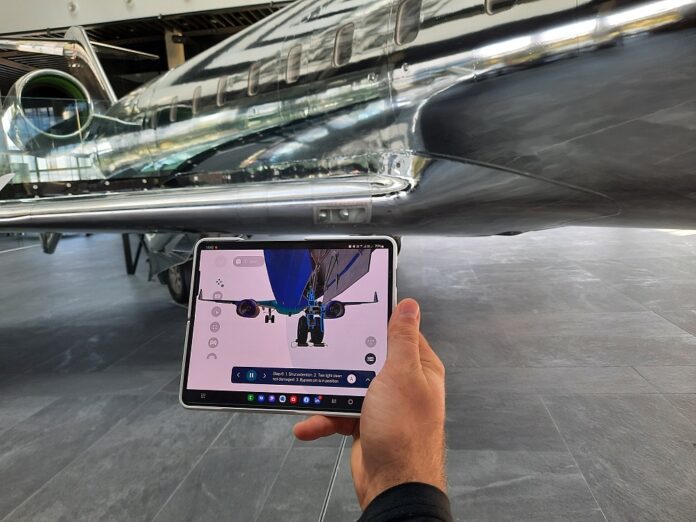

Similarly, to most aviation sectors, the ground handling industry is quite conservative, and changes are sometimes slow to take root. While many organisations push for internal improvements in time savings, higher efficiency, and lower error count, changing the long-established methods is a difficult task.
“For quite a while now recruitment has been a challenge to most aviation organisations with demand for staff steadily growing and supply lagging behind, making well-trained employees a valuable asset,” Romas Butkevicius, CEO of Sensus Aero, explained. “This puts additional importance on the whole training process as in-demand employees have many choices and opportunities in the industry. Thus, old and boring training methods can become detrimental to retaining much-needed staff.”
Read more: Turning to MRO digitalisation: Improving quotation processes through innovation
According to Konradas Dulka, product director, providing large amounts of text and hoping that newcomers will remember everything is no longer a viable option. “It has been noticed that micro training combined with interactive training has been much more effective, engaging, and interesting. This tendency becomes even more noticeable as generation Z will join the workforce, requiring more effort from organisations to keep them interested.”
This is one of many reasons, why Sensus Aero has advanced forward and embraced the newest technologies to make a substantial improvement on training processes. “There are tools used for Virtual Reality simulators in aviation, but to go even further, we found, that combining VR manual, VR examination and 3D manuals substantially improves training material appropriation, both in on-boarding process and on the field. This solution is not just a tool, but easily – and with low costs – incorporates into the training and onboarding process. We call it “Progressive 3D training flow” and it consists of 3 steps,” Dulka explained.
Read more: Temperature controlled packaging: purchase vs rental
Sensus Aero Product Director shares that these 3 steps amplify the training quality and continue to serve while the employees are already in operations for refresh trainings.
“The first and second steps are done in Virtual Reality training. The first part shows how the procedure must be completed correctly in VR, where each student can see what the exact steps are. Here we are teaching students to focus on correct execution of the procedure and what to look out for.”
According to Dulka, the second part of the training consists of a student going through examination process, where they are free to do whatever they want, however they must complete the objective and use the knowledge gained in the second part.
“As an example, with “workaround procedure” we are able to simulate realistic damage where students’ attention and knowledge is put to the test. Here, the emphasis falls on developing the right habits and making employees fully prepared for operations. In this instance, Virtual Reality serves as a perfect tool to learn the correct step-by-step procedure and follow their performance.”
“Our last step is innovative 3D manual. We have developed the first-of-its-kind 3D manual, where we are able to transfer all the procedures in a visual 3D environment, which is accessible via mobile phones. This means, that if at any point employee forgets how the procedure must be done or how to operate a particular GSE, they can open the application and in one minute can go through visual instructions on how to execute the task. This serves as refresh training perfectly as well.”
Introducing innovative training amplification is a challenge for sure, but in the long run, such improvements in processes can become an irreplaceable part of operations. “Combining these 3 modern training steps can guarantee that training time will be reduced, lower supervision will be needed, and most importantly quality of training will be of the highest standard,” Konradas Dulka, product director of Sensus Aero, said.









